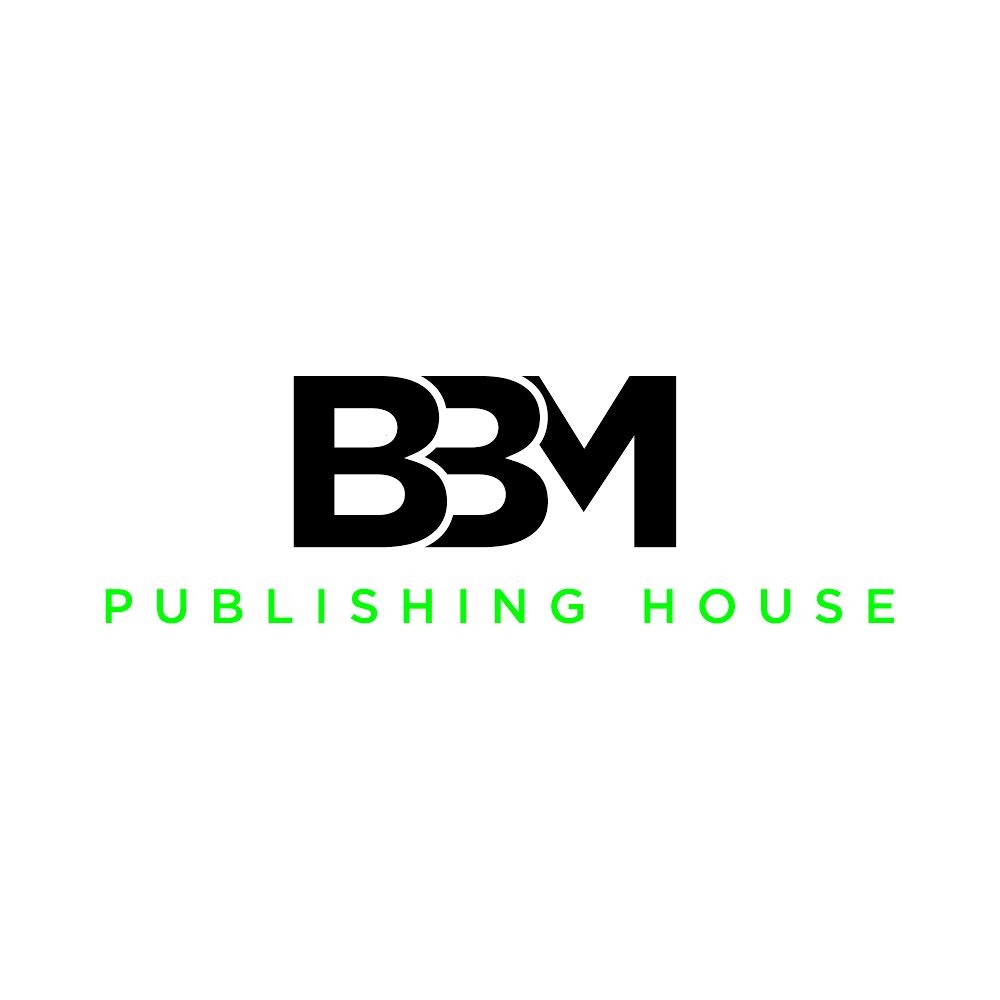The Psychology of Color in Web Design: How to Boost User Engagement and Conversion

Color is more than just a visual element in web design; it's a powerful tool that can influence user behavior and drive conversions. Understanding the psychology behind color choices can help web designers create visually appealing and effective websites. In this article, we'll explore the impact of color on user engagement and conversion rates, and provide strategies for leveraging color effectively in web design.
The Influence of Color:
Color psychology suggests that different colors can evoke specific emotions and associations in people. For example, blue is often associated with trust and reliability, while red can evoke feelings of urgency or excitement. By strategically choosing colors that align with the goals and values of a website, designers can create a more compelling user experience.
Enhancing User Engagement:
Color plays a crucial role in capturing users' attention and guiding them through a website. Bright, contrasting colors can draw attention to important elements such as call-to-action buttons or key messages. Additionally, using color to create visual hierarchy can help users navigate a website more easily and find the information they're looking for.
Increasing Conversion Rates:
The use of color can also impact conversion rates by influencing users' decision-making processes. For example, research has shown that certain colors can increase the likelihood of users taking action, such as making a purchase or signing up for a newsletter. By testing different color schemes through A/B testing, designers can identify which combinations are most effective at driving conversions.
Best Practices for Using Color:
When designing with color, it's essential to consider factors such as cultural associations, accessibility, and branding guidelines. Designers should also pay attention to color contrast ratios to ensure that text is readable for all users, including those with visual impairments. Additionally, using color consistently across a website can help reinforce brand identity and create a cohesive user experience.
Collecting Data and Iterating:
To truly understand the impact of color on user behavior, designers should collect data on user interactions and responses. This can be done through methods such as heatmapping, user surveys, and analytics tracking. By analyzing this data, designers can gain insights into which color schemes are most effective and make informed decisions about future design iterations.
Color is a powerful tool in web design, with the potential to significantly impact user engagement and conversion rates. By understanding the psychology behind color choices and following best practices for implementation, designers can create visually appealing and effective websites that resonate with users and drive results.

Professional UX Designer, Entrepreneur and overall creative. Spenser has been dedicated to sharing stories from our community and creating opportunities for others through various mediums. Founder of Black Business Mine Publishing House, a company that creates content distinctly for OUR community, while offering business consulting, and comprehensive web design and development services.
MILLIONAIRE WEB SERVICES | BOOK FREE WEBSITE CONSULTATION | HIRE ME AS YOUR DEVELOPER

 Manage Your Money Like A Boss! w/ Payyit
Manage Your Money Like A Boss! w/ Payyit

